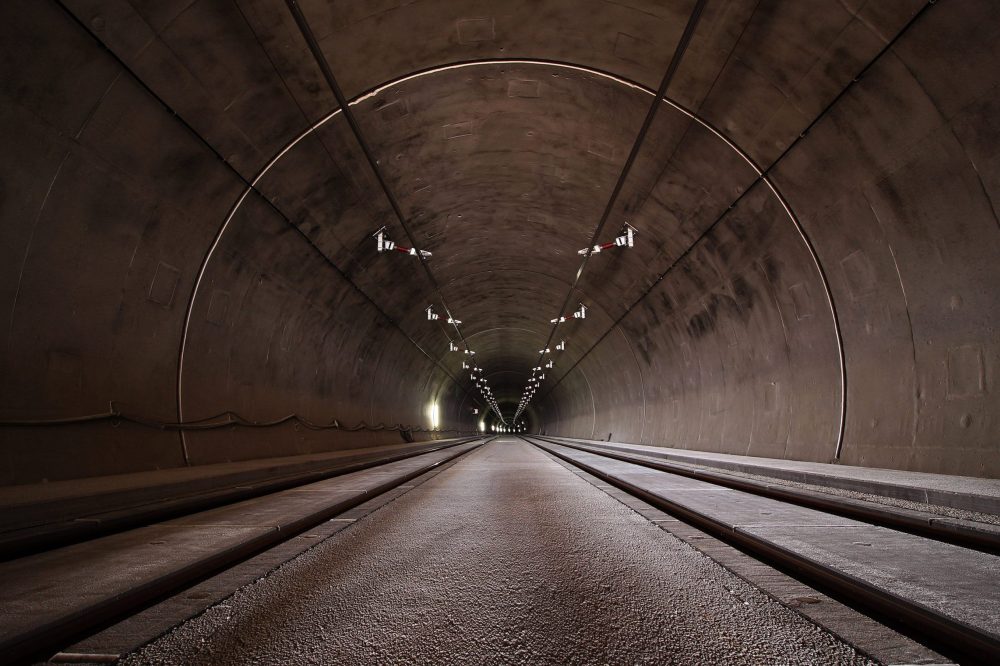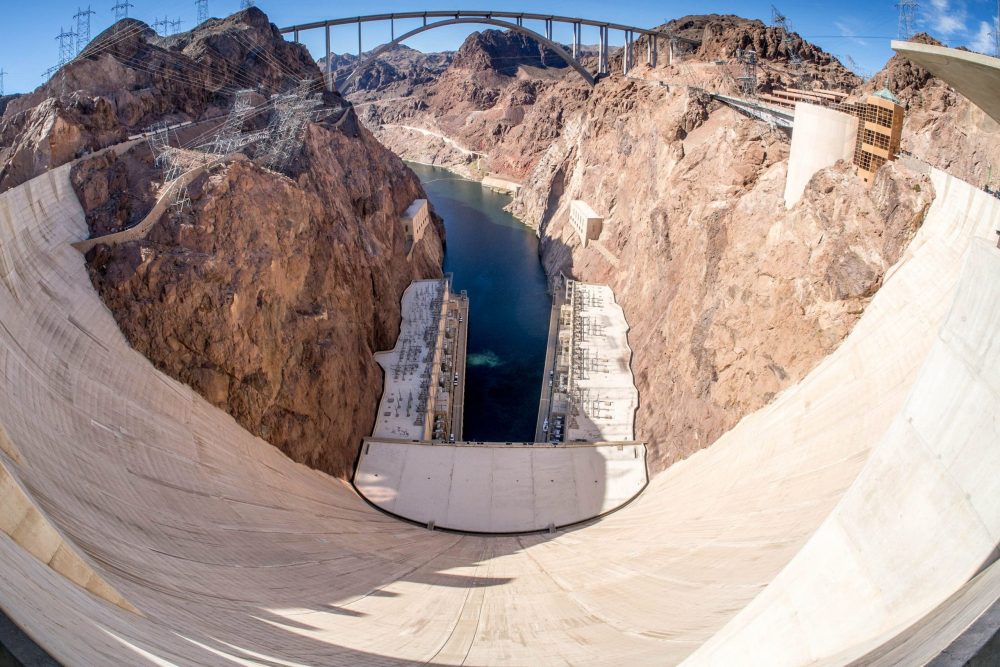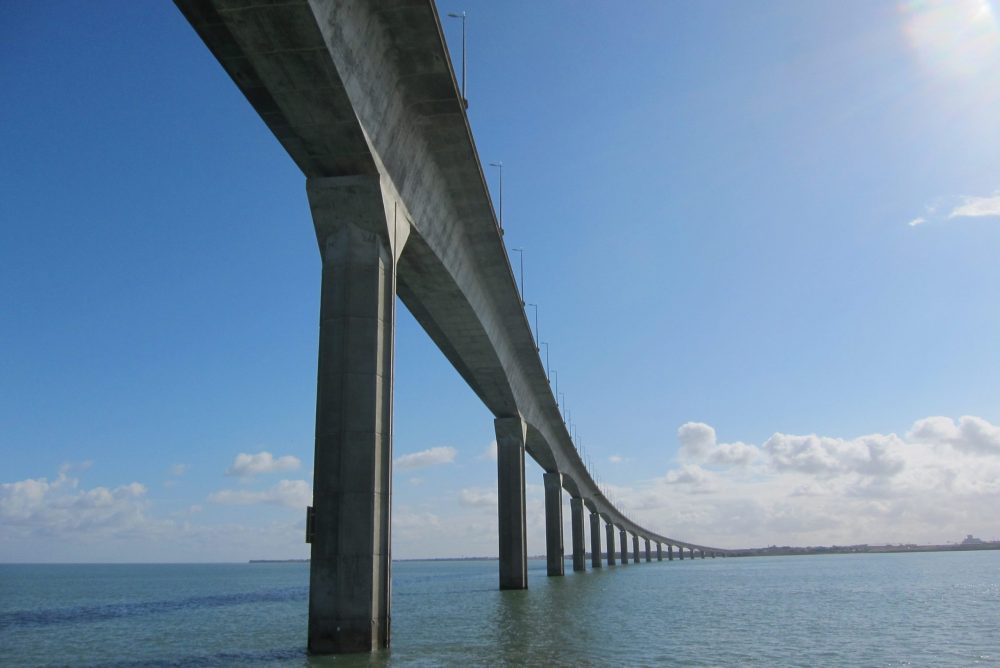In the beginning of the XXth century, dozens of publications were devoted to new, innovative technology that could change construction. Journals and newspapers reported the first bridges, commercial and residential buildings, and other structures built out of concrete, and wondered if these structures would endure. Throughout the 1930s (until the technology became established), every crack was reported, and every collapse sensationalized and studied.
Reporters interviewed motorists, asking if they were frightened to drive over a concrete bridge. Married couples explained what it meant to live in a home with a concrete structure. Some people, journals, and associations promoted concrete; others discouraged it and tried to slow its popularity.







Today, the thrilling triumph of concrete collects dust in a handful of libraries (located in buildings built with concrete, of course). The value of the full-fledged story is often overlooked.
For example, in the United States, concrete went from an oddity to mass production, then to less production due to ecological concerns, and finally to almost complete shift of cement production offshore. The commercial and political aspects of this cycle are relevant to today’s technologies, which all have their own cycles.
At the Wenard Institute, we make sure that the story of concrete, with all its background and details, is freely available for research and study. Please support our efforts. Donate






